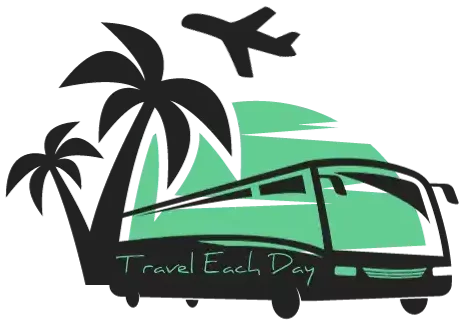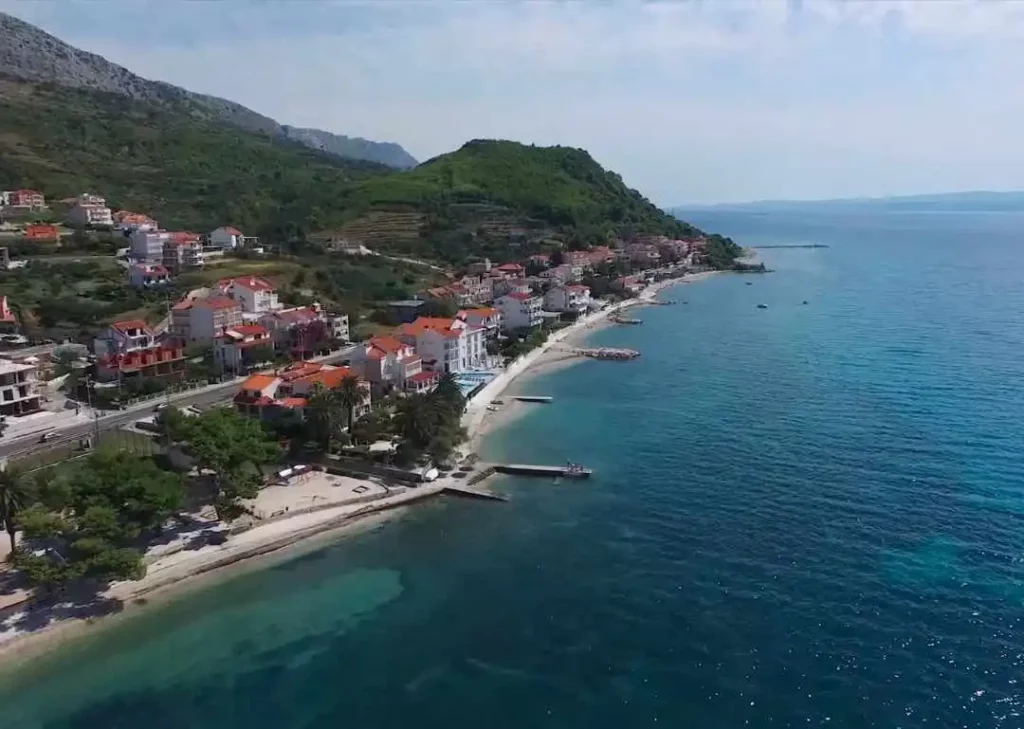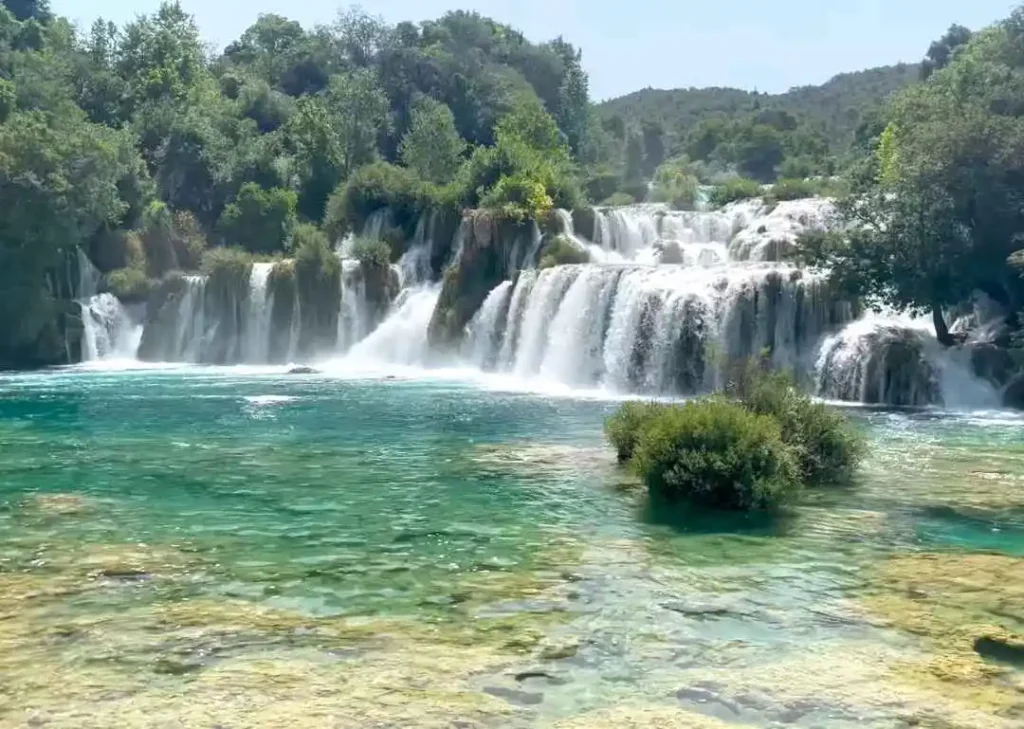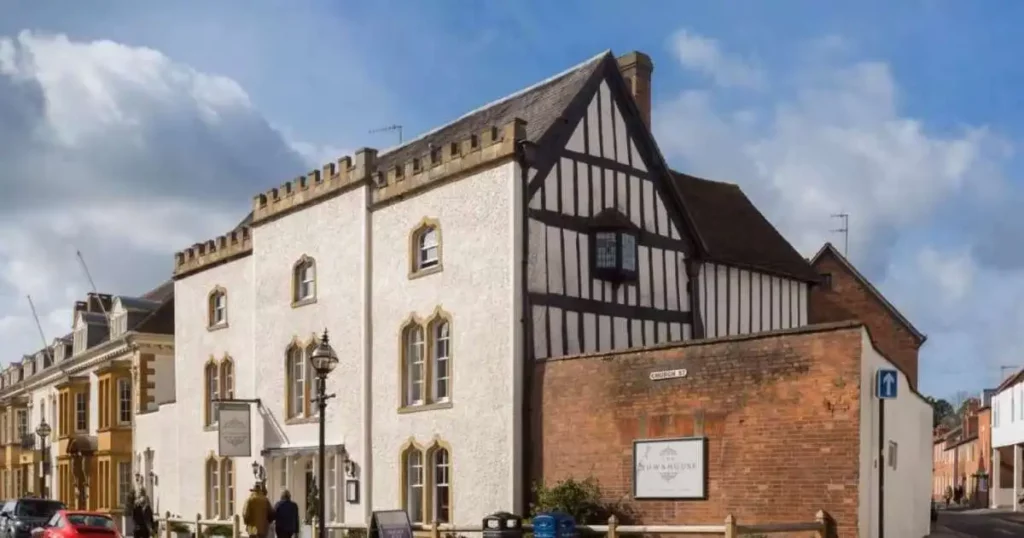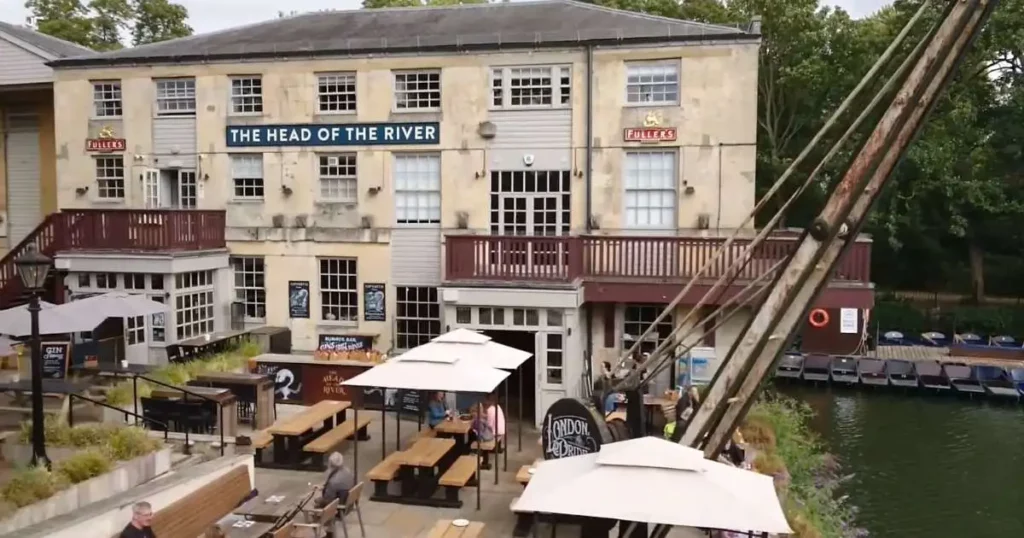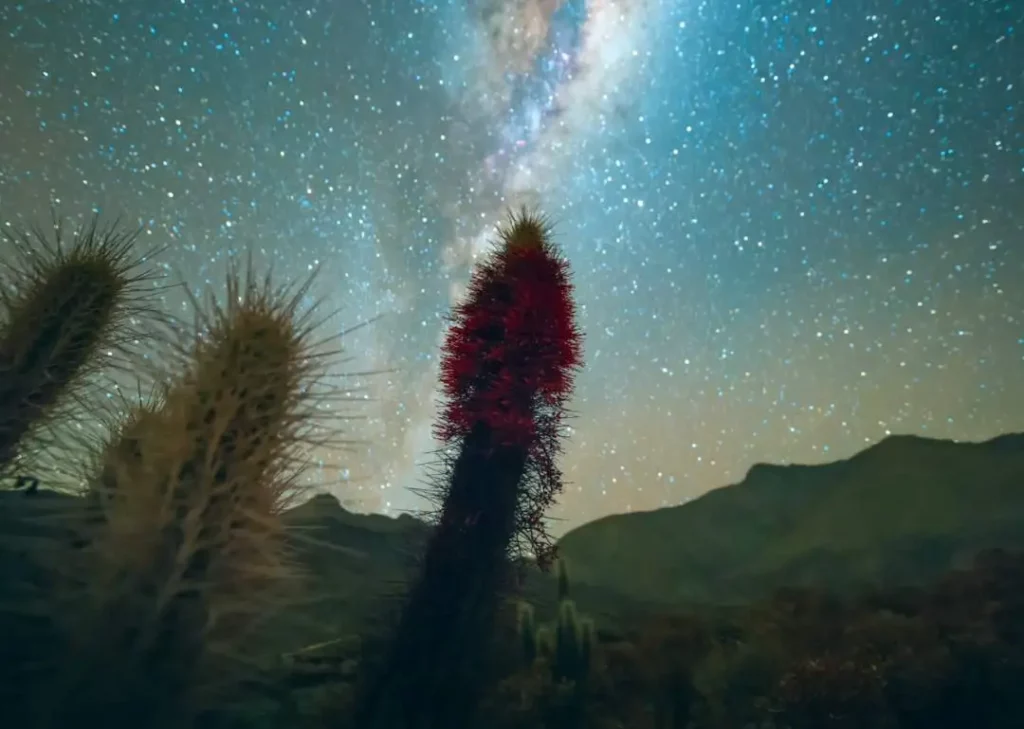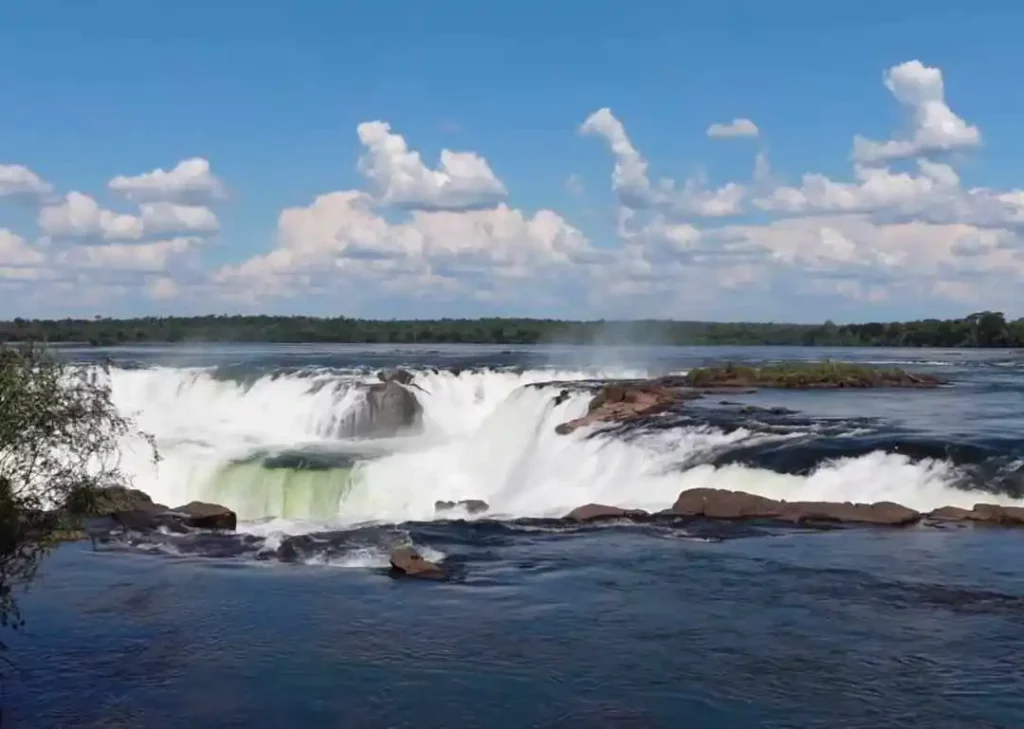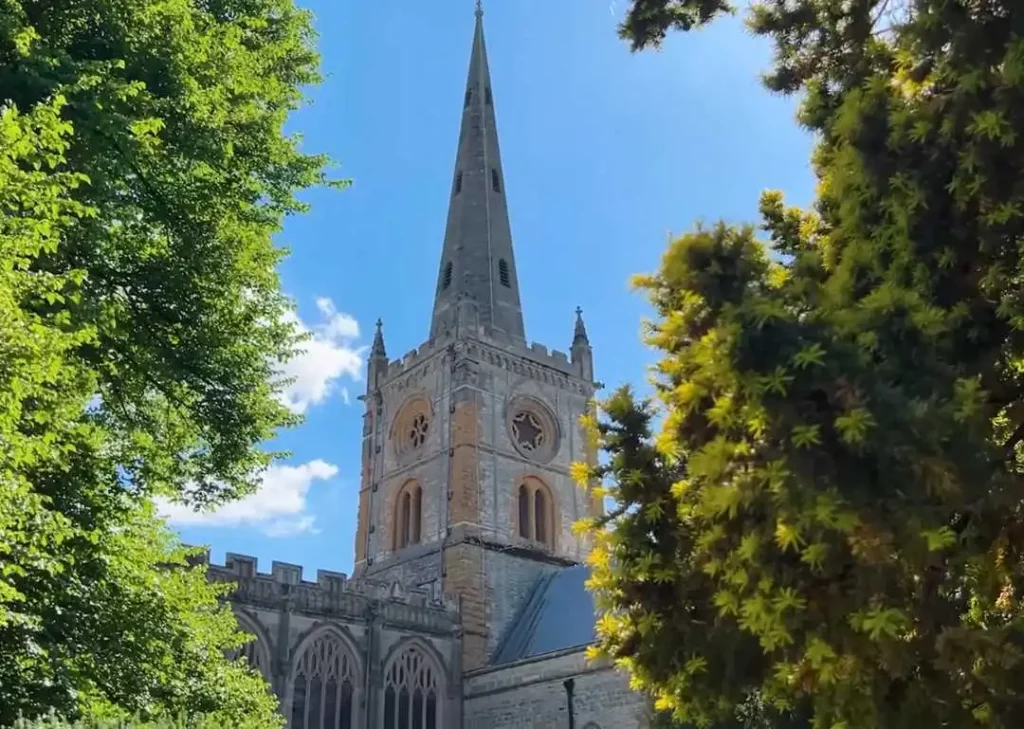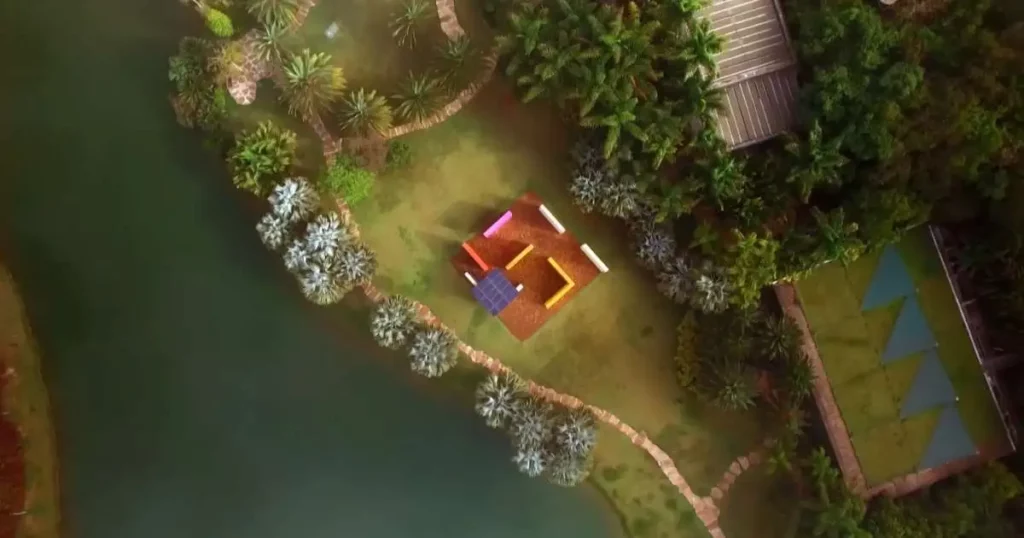Hi, I’m Holly Cave
Embrace Adventure: Travel Each Day for a Fulfilling Life
Explore the world one day at a time. Find inspiration, tips, and stories to infuse travel into your daily life for a more exciting and enriching experience
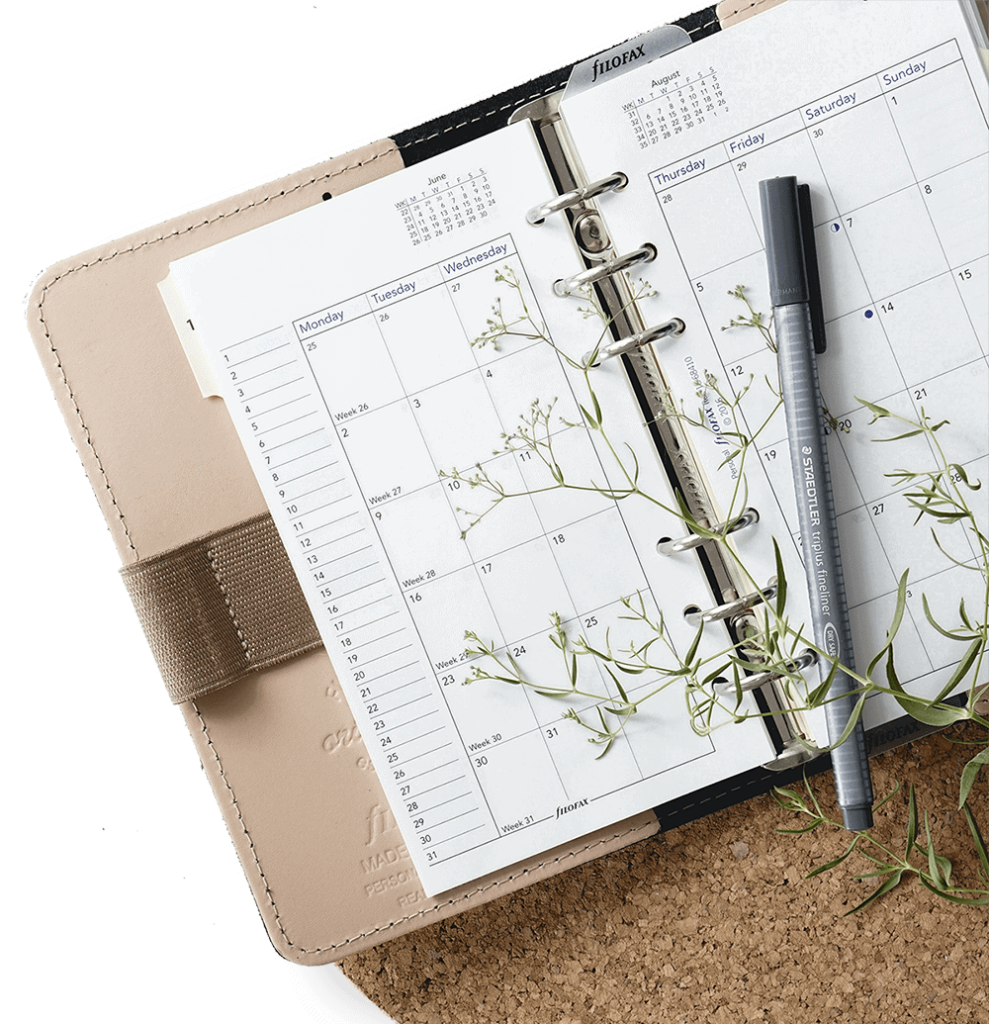
Stargazing in Chile: Where the Sky Unveils its Secrets
Checking in, checking out: Velvet Hotel, Manchester
Drinking as the locals do…
Photo essay: Impressive Iguazu
The best thing I took RTW: my SteriPEN
The most beautiful ‘little’ waterfalls in the world
Strutting around Stratford-upon-Avon
POP The Fashion Store launch: A slice of Scandinavia
Get My Best Ideas On Learning, Career, Habits, Productivity & Living Well
Lorem ipsum dolor sit amet, consectetur adipiscing elit, sed do eiusmod tempor incididunt ut labore et dolore magna aliqua. Duis tristique sollicitudin nibh sit amet commodo nulla facilisi nullam. Sit amet luctus venenatis lectus magna.
Facilisi etiam dignissim diam quis enim lobortis. Viverra accumsan in nisl nisi scelerisque eu ultrices vitae. Quis lectus nulla at volutpat diam ut venenatis tellus in. Sed augue lacus viverra vitae congue eu consequat. Laoreet suspendisse interdum consectetur libero id faucibus.

An Easy & Proven Way To
Build Good Habits & Break Bad Ones
Lorem ipsum dolor sit amet, consectetur adipiscing elit. Ut elit tellus, luctus nec ullamcorper mattis, pulvinar dapibus leo.
Over 40,000 People Are Subscribed To Our
Weekly Productivity Newsletter
Become A Subscriber Today And Receive Our Guide On The Top 10 Productivity Tools!
Our Book Has Been Featured In:
Lorem ipsum dolor sit amet, consectetur adipiscing elit. Ut elit tellus, luctus nec ullamcorper mattis.
